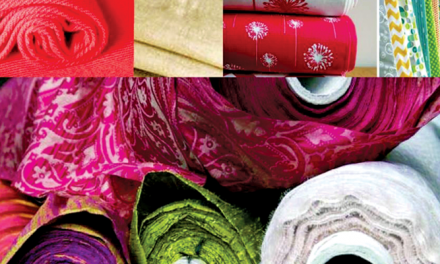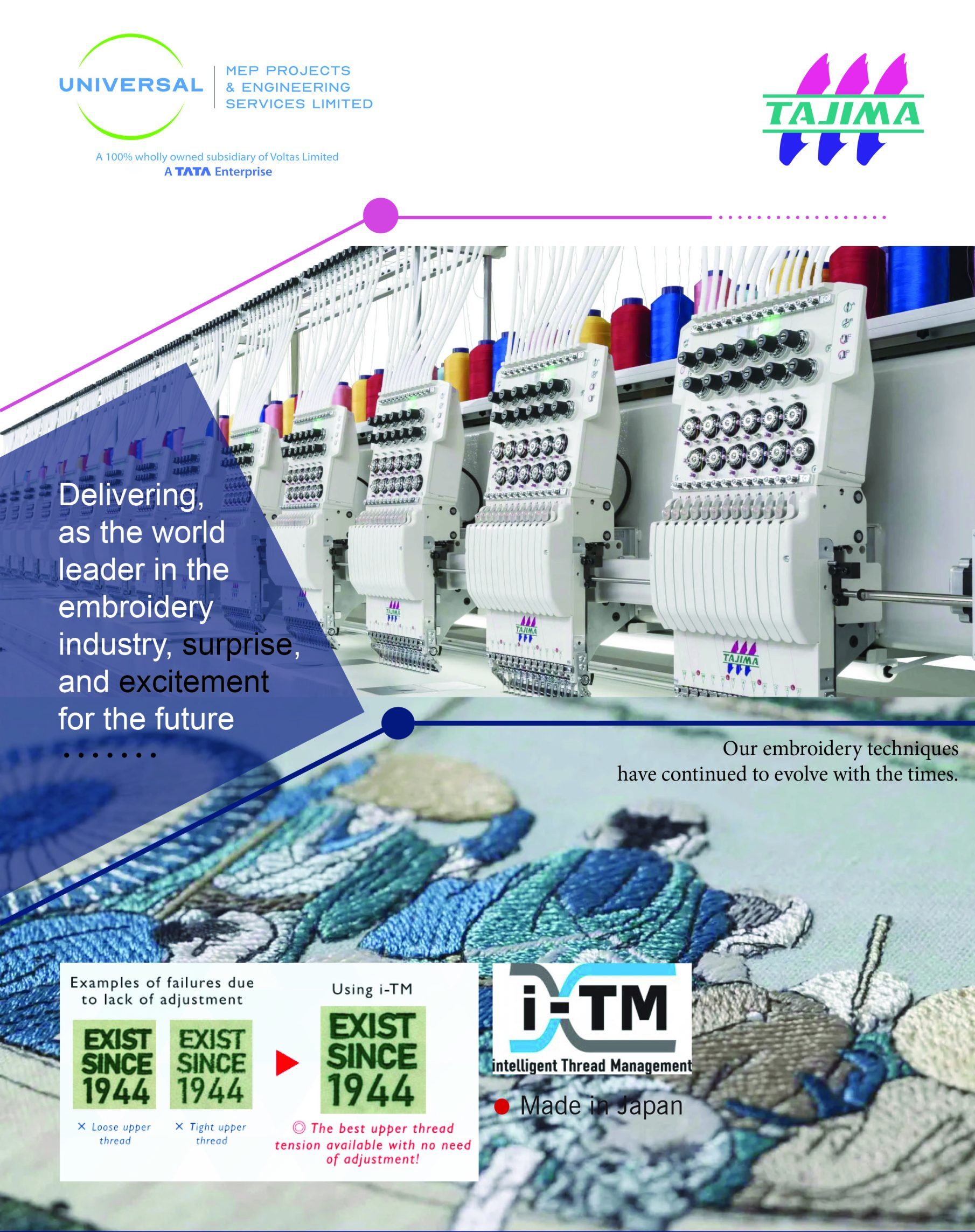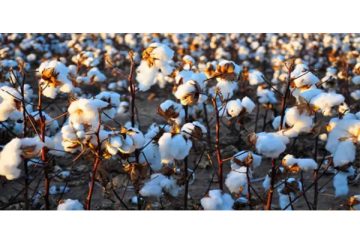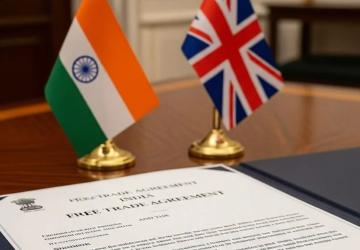
Positioned at the cliff of a transformative journey, the Indian textile industry is poised to emerge at the forefront of the global landscape. Backed by its rich cultural heritage, the industry is all set to foray into the avenues of innovation, sustainability, and global integration. Being a significant contributor to the nation’s economic boom, it weaves a detailed tapestry of fabrics, which ranges from traditional handloom to technologically advanced manufacturing units.
Nevertheless, the Indian textile industry is closely rooted in tradition, with the interplay between sustainable fibres and innovation capturing the attention of the global masses and markets. In tandem, India’s textile and apparel manufacturers market is expected to touch the $350 billion mark by 2030. As we navigate deeper, the dynamics of Indian textile and the global fashion industry are symbolic of a promising trajectory of growth and innovation in the next few years.
Visionary 5F Framework
In an attempt to bolster India’s ‘Make in India’ initiative, the government augmented the 5F Framework that gives a boost to the ideology, Farm to Fibre to Factory to Fashion to Foreign. Acting as the roadmap that guides India’s textile industry on a journey of paradigm shifts, this approach calls for a holistic integration of the production process to chart a new path from cultivating raw materials to presenting the final product on the global stage. When it comes to the factory-to-fashion facet, this approach emphasises the importance of modernising the manufacturing cycle and leveraging innovative technologies to enhance efficiency and quality.
Switch to Sustainable Fabrics
Amidst the steady rise in global eco-consciousness, India’s textile market has been striving to curate sustainable and ethical fashion narratives. Despite the long predominance of animal fibres and products, the textile industry has forayed into the landscape of green fibres, aimed at making use of available resources in an eco-friendly way. For instance, the invention of SeaCell, an innovative fibre made from seaweed-like material is a testament to sustainable innovations. The emphasis on organic dyes, and fair labour practices will further push the industry’s growth in an assiduous direction.
The popularity of Cultural Textile Artistry
For centuries, India’s textile landscape has been renowned for its rich cultural heritage, which embeds values closely associated with the diversity of garments, popular across different parts of the country. The conventional handloom technique is helmed for its intricate design and rich aesthetic appeal, while artistic craftsmanship is sought for its individualistic essence. Revving fashion designers and global textile houses, India’s textile industry acts as an inspiration for authentic creations, imbuing the industry with a distinctive charm.
Modernisation Powered by Digitised Technology
Stepping on the ladder of modernisation, India’s textile ecosystem is actively embracing the rise of technological advancements, bringing forth digitisation to give a complete makeover to the textile production process. Enhancing production efficiency and quality, the ascent of AI algorithms has also been instrumental in streamlining the entire supply chain, reducing production costs, and optimising inventory management, enabling the textile industry to seamlessly cater to the demands of a tech-savvy consumer base.
Final Thoughts
Leveraging its strength in raw material cultivation, manufacturing, and design, India’s textile landscape backed by government initiatives continues to present promising opportunities. As we move ahead, the convergence of conventional techniques and modern technology will elevate India’s position as a global textile manufacturing hub. Within this journey from yarn to final product, India’s textile saga captivates the entire world in a tapestry of vibrant threads, permeated by innovation, and sustainability.
Abhishek Sharma Co-Founder of Fashinza
















